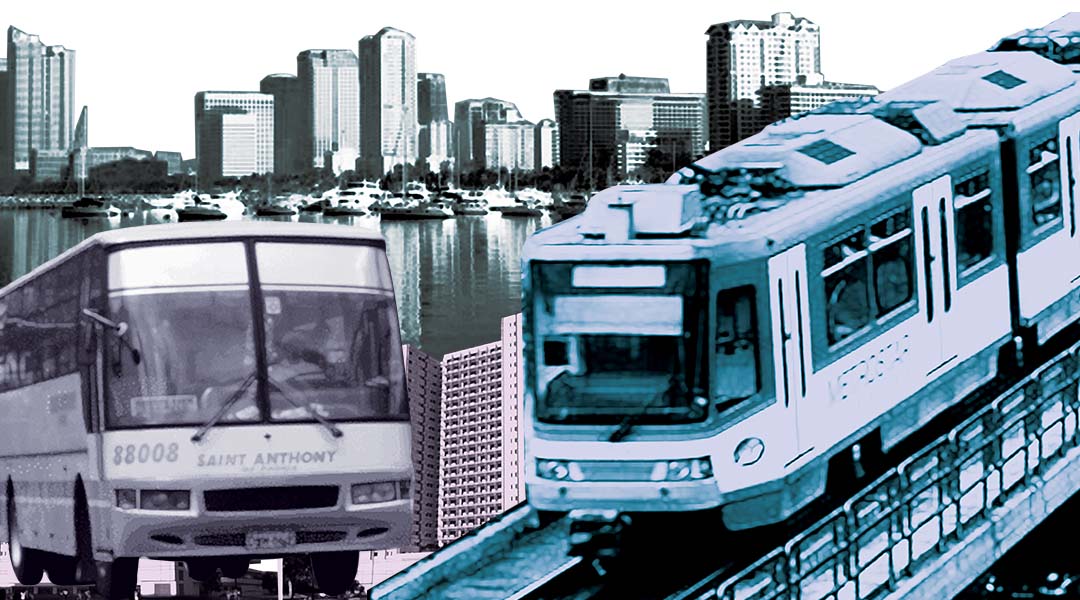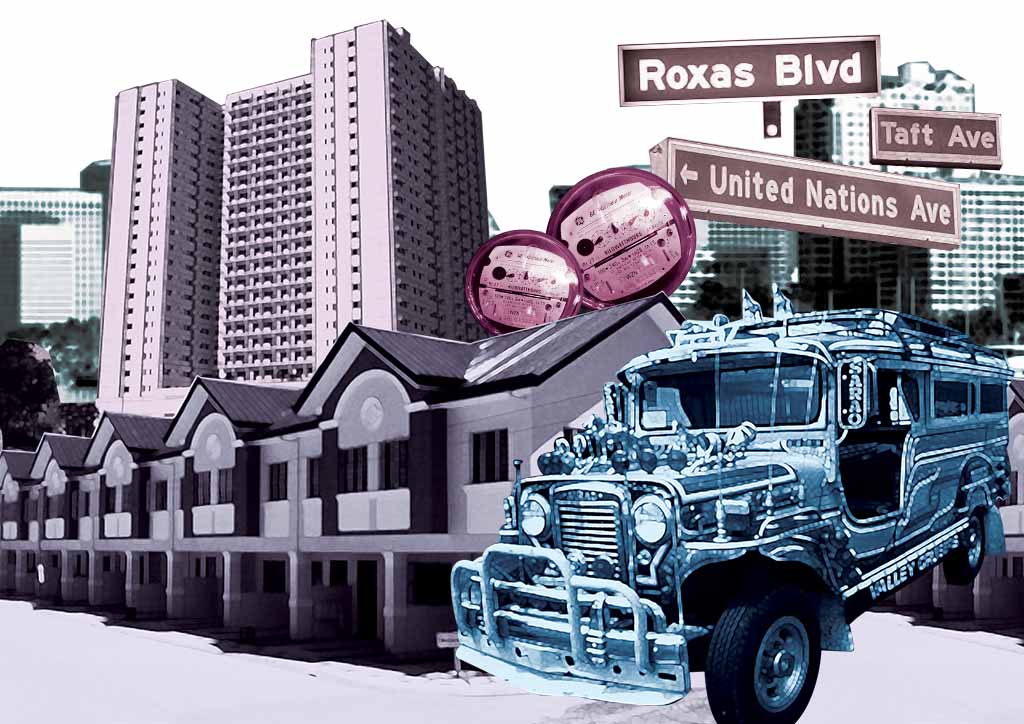
What makes a great Philippine City? (Part 1)
The question of what constitutes a great city—not just in the Philippines, but anywhere in the world—has been asked many times, and answered in many different ways. Ranging from formal surveys to opinion polls, responses have been quite varied. The responses are largely influenced by the questions that respondents are asked to answer, and the criteria that the questions are based on. Thus, the most “livable” city may not be the same as the most “business-friendly” city, or the most “sustainable” city, or the most “intelligent” city, or the most “walkable” city, and so on.
The variety of responses suggests that great cities can easily be identified, but not described—at least, not in terms that are totally satisfying. In fact, when it comes to defining great cities, greatness, like beauty, is in the eye of the beholder.
Elusive as a definition may be, urbanophiles never tire of the pursuit. City statistics have been dissected in academic dissertations, and analyzed in demographic studies. Books on cities have focused on household income levels, access to housing and basic services, economic productivity, road-to-population ratio, and percentage of residents with college degrees. But no single approach can capture a city’s complex dynamism.
According to William H. Hudnut III, a former mayor of Indianapolis, USA, “A good city is one that works. The trash is picked up, snow is removed, pot-holes are filled, streets and sidewalks are cleaned, calls for emergency help are promptly answered.” At the same time, he notes, a city is “a cradle of culture, an organ of memory, the enactment of human drama, transmitting human achievement and insight from generation to generation.”
Pier Giorgio DiCicco, poet laureate of Toronto, Canada, insists that great cities create a civic spirit that ultimately translates into economic success. “In the future, all cities will be distinguished by one thing only—the nature of their enthusiasm,” DiCicco said in an economic conference. “An aesthetic of the city is more than its expertise in innovation, besides which, innovation begins on the street in the casual genius of civic encounter.” According to DiCicco, “People need to belong—to a workplace, a community, a way of life. Out of that emerges love and loyalty. A city of these qualities is a perpetual-motion machine. It is prosperous because it has a city spirit. The spirit is seductive to investors and visitors. It makes for a livable town.”
Great Cities Abroad
In a recent survey conducted by the Urban Land Institute (ULI), a large number of cities were identified by respondents as being “great.” The list includes Paris, London, Rome, Prague, Venice, Barcelona, Madrid, Siena, Florence, Vienna, Lugano, Dublin, Istanbul, Rio de Janeiro, Mexico City, and Kyoto. In North America, the cities named include Boston, New York, San Francisco, Philadephia, Seattle, Detroit, Washington DC, San Diego, Portland, Oregon, San Antonio, Jacksonville, Savannah, Charleston, Providence, Toronto, Montreal, and Vancouver. Other surveys by popular magazines such as Time, Fortune, and Asiaweek have included Sydney, Melbourne, Osaka, Hong Kong, and Singapore.
The large number of identified cities supports the view that a city’s greatness is indeed in the eye of the beholder; that they all work in their way because all their parts are harmonious. The survey results suggest that great cities are those that work well for the people who live in them.
READ MORE: Build Build Build: Villar answers tough questions by former UN planners

Defining Greatness
There are a number of initiatives from different parts of the world that attempt to describe the attributes of a great city. In the USA, one of these is “Smart Growth” which claims that smart cities are those that:
- Have mixed land uses
- Provide a wide range of housing opportunities
- Encourage infill development and redevelopment
- Build master-planned communities
- Provide transportation choices
- Conserve open spaces
- Lower barriers to and provide incentives for Smart Development
- Use high-quality design techniques
- Collaborate with the public on solutions
Another example is the concept of a “Well-Functioning Community,” which advocates the following characteristics at the level of a neighborhood:
- Appropriate scale – In a small neighborhood, it is easier to know the people well. Larger ones are more diverse and economically stronger, but lose the feeling of community
- Boundaries – Clear boundaries make it possible for people to know where one neighborhood ends and the next one begins
- Land and resources – It is important that the community as a whole provides for some of its basic needs, which provides some degree of self-sufficiency and reasons for residents to get together
- Revenue – In order for a neighborhood to have the ability to carry out projects, it needs revenue
- Security and safety –Neighborhood layouts can make safe places to live
- Privacy – Physical privacy is essential to an individual or family, as well as to the development of a sense of community
- Diversity – A more diverse neighborhood will have a fuller sense of vitality
YOU MIGHT LIKE: Walk through Makati with a British urbanist
There is also the “Green Community” initiative which advocates that cities wishing to be “green” should adopt the following design principles:
- A core area offering a full range of goods and services, located within walkable distance (5-minute walk) of all residents
- An internal circulation system emphasizing pedestrian and bicycle movement, and minimal human contact with vehicular traffic
- A housing mix that includes affordable housing for all income groups expected to work within the town
- A full range of primary and secondary schools and recreational opportunities
- General planning and street design to minimize costs and energy demands for construction and maintenance of public and private improvements in the town
- Use of renewable energy sources and energy conservation measures to make the town as energy self-sufficient as possible
- Ecologically sound patterns of agriculture, waste management, and resource (including water) use
- Provision of commercial and industrial enterprises that would provide work for a high proportion of the town residents
- Production within the town or watershed area of much or most of the food required by its residents
READ MORE: Does Manila really need another reclamation?
Applying the Definitions to Philippine Cities
In the Philippines, cities are one category of local government units(LGUs). The others are provinces, municipalities (towns), and barangays (neighborhoods). Philippine cities are further categorized as Highly Urbanized Cities, Chartered Cities, Capital Cities, and Component Cities. They are further described by their income class—First, Second, Third, Fourth, and Fifth Class. Some experts on urbanization claim that because of the wide difference of characteristics among cities, any comparison needs to group cities that have similar characteristics if it is to produce meaningful results. But even this approach is contentious. For example, Makati City questioned the Asian Institute of Management’s (AIM) survey of Competitive Cities when it ranked Davao and Cebu higher than Makati, which claimed that while all of them are in the category of Highly Urbanized Cities, Davao and Cebu have airports and seaports which Makati does not have. Similar experiences have led to the view that surveys of what constitutes a great city, especially if they produce a ranking of cities, are a highly contentious issue—that the organization carrying out the survey is “playing God.”
What is it about a great city that evokes a visceral reaction the moment one enters it? Perhaps a reasonable, if imperfect, metaphor would be to consider a great city as a comfortable shoe. The sole and uppers are the infrastructure that provide basic support and style. The laces are the intangibles—the attitude of residents, festivals, religious rituals, history, architecture, handicrafts, food—that pull everything together. For example, a city like Paris may be a delicate shoe made of soft leather; London may be the classic black formal shoe; Berlin may be military boots; and San Francisco could be thought of as casual loafers. They all work in their own way because the sole, uppers and laces are harmonious. In the end, great cities are those that work well for the people who live and work in them.
Many Asian, European, Latin American and North American cities have distinctive auras that have become the stuff of fables, but what about Philippine cities?
An opinion survey is one way to find out.![]()
This first appeared in BluPrint Volume 4 2012. Edits were made for BluPrint online.
YOU MIGHT LIKE: (Euclidean) Planning is dead. Long Live Urbanism.


